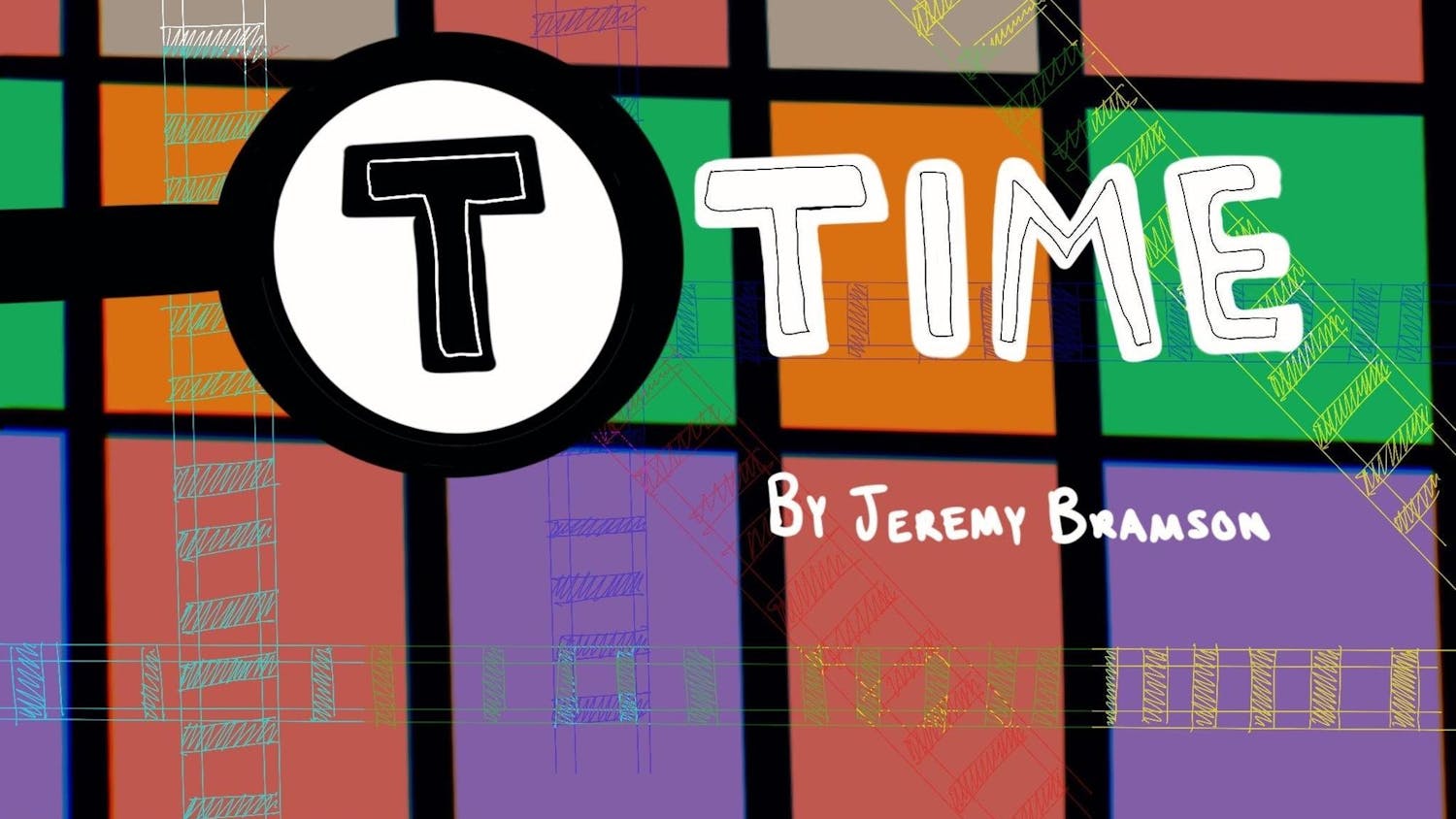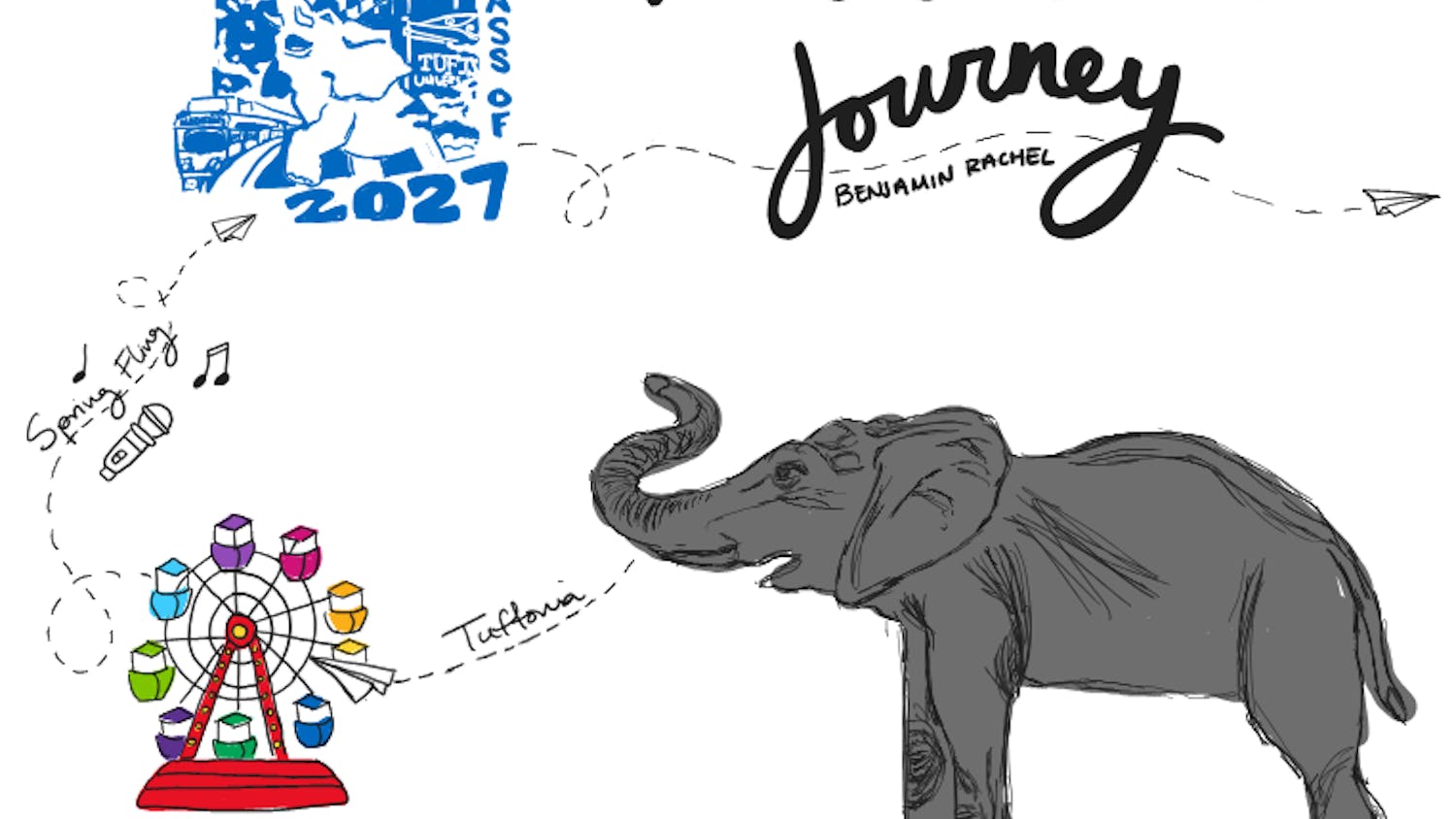The MBTA Green Line Extension Project may not get built because costs have risen astronomically to $3 billion, which would make it the most costly rail expansion per mile in the transit agency’s history. And it is not even a subway line. In fact, most of the right-of-way already exists alongside tracks used by the commuter rail, Amtrak and occasionally freight trains.
In order to get it built, the MBTA is considering drastic cuts to station designs, which, in their own words, would be “on the side of brutal.” These stations may not even have turnstiles prior to boarding, making them similar to the Green Line’s outdoor stations — vulnerable to the elements and many built more than 100 years ago. And without pre-board payment, service would be a lot slower; in fact, boarding would be similar to boarding a non-Bus-Rapid-Transit bus.
In our increasingly polarized society, can we balance the budget and bridge the gap, building a 21st-century network without spending too little or too much? The MBTA, as a public authority, does not have a strong motive to control waste, fraud and abuse. The T operates within silos, with convoluted labor costs, work rules and managerial incompetence, and it needs a new narrative for the 21st century. Contemporary challenges require interdisciplinary, interconnected solutions in order to bridge the gap socially, economically, politically and, of course, physically. We need to be planning beyond divisions, departments, agencies and municipalities in order to renew, enhance and expand our infrastructure as well as tackle multiple problems at the same time, creatively and affordably.
Pundits will argue that the United States is not investing in its infrastructure and that it is falling apart. This is only partially true because it is also important to note that capital costs are rising because of our disconnected local, state and federal political system, stemming back to the Bill of Rights itself. Indeed, financing transportation networks is uniquely difficult in the United States, relative to the rest of the industrial world, because of our federal system and the challenges of bridging the gap regionally. Our states have an enormous amount of power, and, for better or for worse, they have granted a lot of these police powers to municipalities, making it harder to streamline costs. Thus, how can we reform the T when its "train" of thought is more of a "chain" of thought, locked from change by balkanized politics?
Financing the Green Line Extension by encouraging real estate development atop station property or along the corridor, for instance, requires coordination with countless municipalities. After all, in order for developers to partially pay for the extension in exchange for being allowed to build (taller), municipalities would need to enact legislation, and transportation agencies are often entirely excluded from this process. This is an institutional disconnect that is far more disjointed in America than elsewhere in the industrialized world, and rest assured, it is even more complicated when working across state boundaries.
Transit-owned assets should have soaring buildings, not soaring costs. Otherwise, we simply cannot expand our system when it's so expensive to build a few miles and when our motives are based upon political calculations, rather than (under)grounded in facts and figures.
More from The Tufts Daily
Farming for a future
By
Ellora Onion-De
| April 17
T Time: A trip to Wonderland
By
Jeremy Bramson
| April 17





